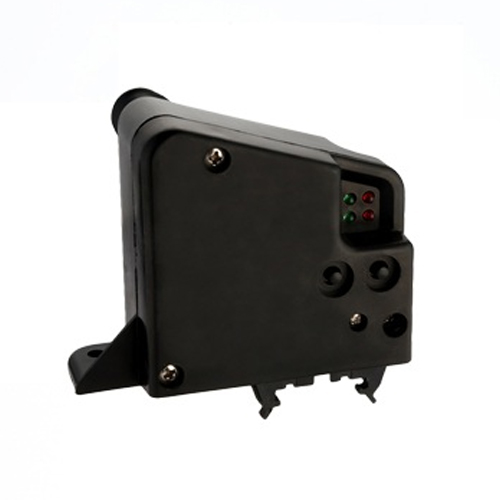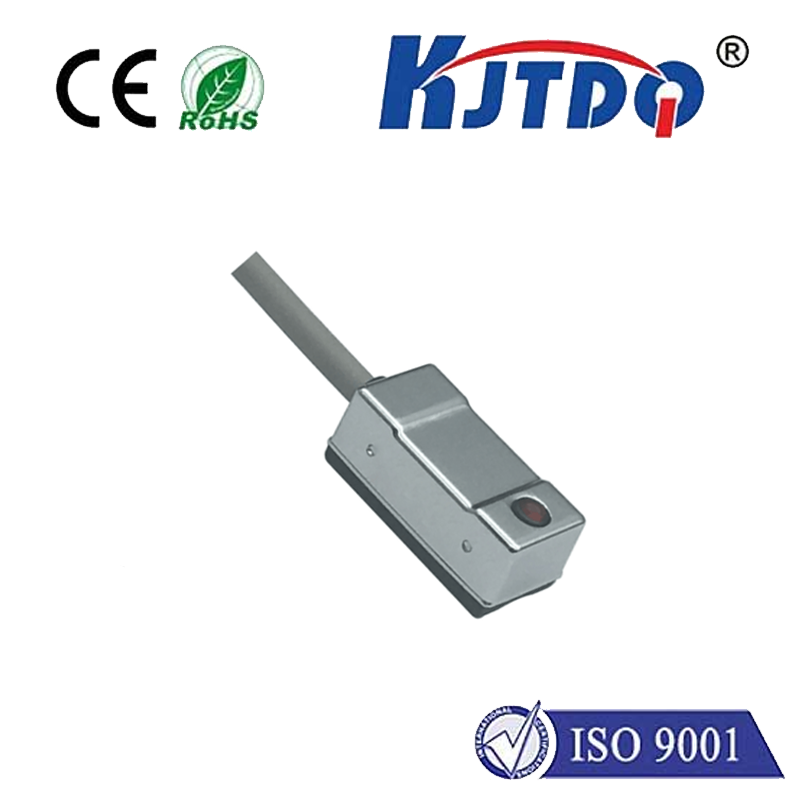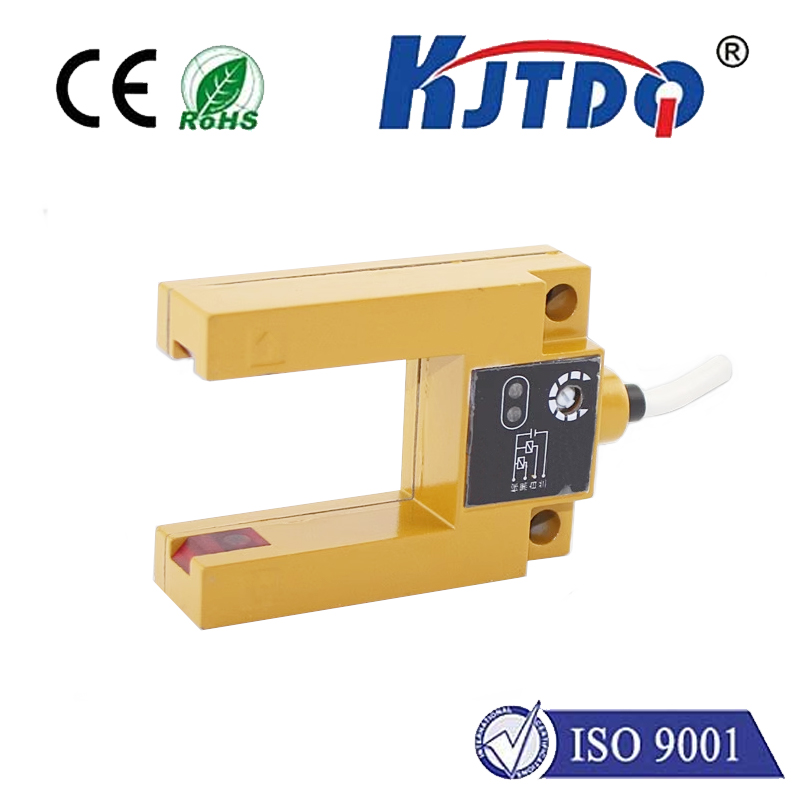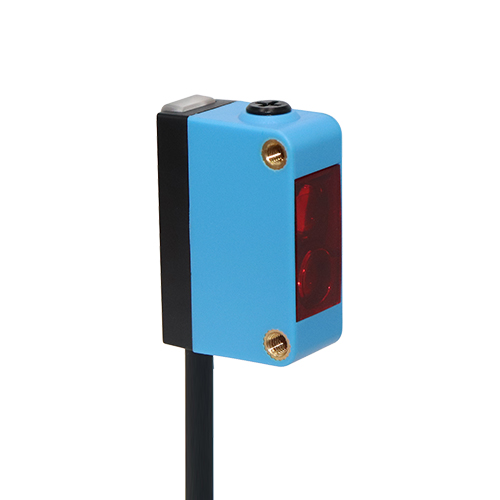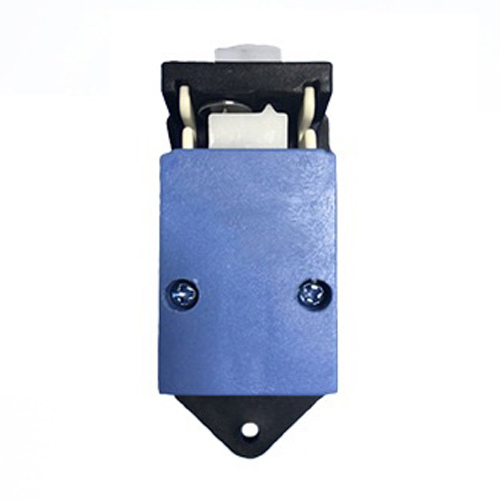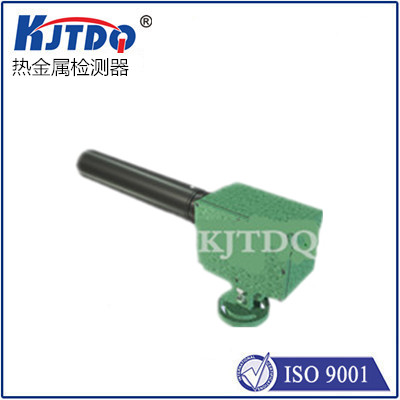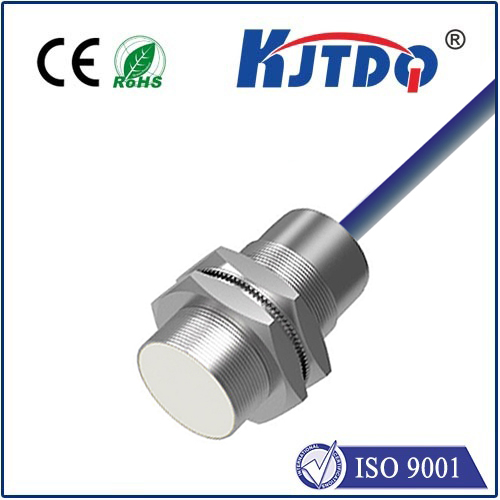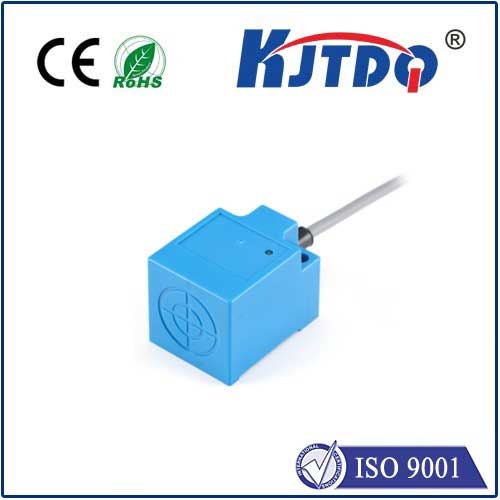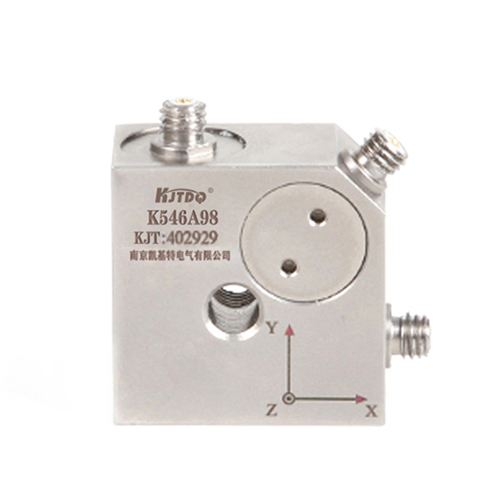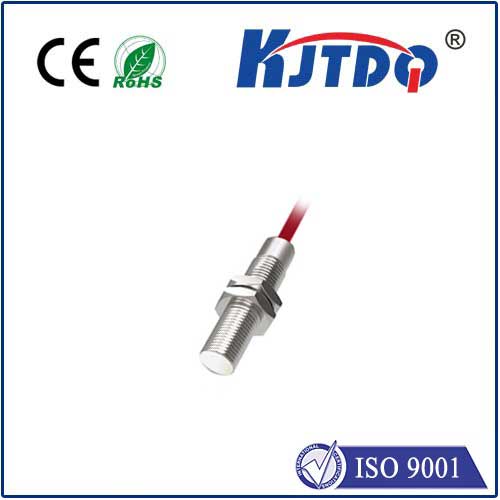rs485 temperature sensor
- time:2025-08-22 01:48:32
- Click:0
Unlock Industrial Efficiency: Why RS485 Temperature Sensors Lead the Way
In today’s data-driven industrial world, accurately monitoring temperature isn’t just a convenience; it’s a critical necessity for safety, quality, and operational efficiency. Whether ensuring food doesn’t spoil during cold chain logistics, preventing equipment overheating in a manufacturing plant, or meticulously controlling chemical reactor conditions, precise temperature data is paramount. Amidst various sensor technologies, the RS485 temperature sensor emerges as a robust, reliable, and highly scalable solution, particularly favored in demanding industrial settings. Understanding its strengths is key to optimizing monitoring systems.
The Backbone: Understanding RS485 Communication
Before diving into the sensors themselves, it’s essential to grasp why RS485 is so significant. RS485 is a standard defining the electrical characteristics of a balanced differential communication system. Unlike simpler analog voltage signals or basic digital protocols susceptible to noise over distance, RS485 uses two wires to transmit complementary signals. This differential signaling provides inherent noise immunity, rejecting common-mode electrical interference prevalent in industrial environments – think motors, generators, and switching power supplies.
Key advantages of the RS485 standard include:
- Long Distance Runs: Capable of reliable communication over distances typically up to 1200 meters (4000 feet) without repeaters, far exceeding alternatives like simple analog or even RS232.
- Multi-Drop Networks: RS485 supports multi-point communication, meaning multiple devices (like numerous temperature sensors) can connect to the same single pair of wires, forming a daisy-chained network. This drastically reduces cabling complexity and cost compared to point-to-point systems.
- High Speed: While slower than Ethernet, RS485 offers sufficient data rates (often up to 10 Mbps or more at shorter distances) for reliable transmission of temperature readings and control signals.
The Sensor Fusion: Combining RS485 with Precision Measurement

An RS485 temperature sensor integrates a high-accuracy temperature sensing element (commonly RTDs like Pt100/Pt1000 or Thermistors for their stability) with sophisticated electronics. These electronics perform critical functions:
- Signal Conditioning: Amplifying and stabilizing the often delicate analog signal from the temperature probe.
- Analog-to-Digital Conversion (ADC): Converting the conditioned analog temperature signal into a precise digital value.
- Protocol Implementation: Packaging the digital temperature data according to a communication protocol understood by the host system (PLC, SCADA, DCS, or data logger). Modbus RTU is overwhelmingly the most common protocol used over RS485 due to its simplicity, openness, and widespread support.
This integration means the sensor outputs a robust, noise-resistant digital signal directly over the RS485 bus, ready for interpretation by the control system.
Why Choose an RS485 Temperature Sensor? Key Advantages
The marriage of robust communication and precise sensing delivers compelling benefits:
- Superior Noise Immunity: Essential for stable readings in electrically noisy plants, factories, or outdoor installations. Say goodbye to erratic readings caused by nearby machinery.
- Scalability & Cost Efficiency: Adding another temperature monitoring point is often as simple as connecting a new sensor into the existing daisy chain, minimizing wiring costs and panel space. This multi-drop capability is transformative for large-scale systems.
- Simplified Wiring: Reducing complex star-topology wiring to a single twisted pair cable (often shielded for extra protection) drastically simplifies installation and maintenance.
- Long-Range Suitability: Perfect for monitoring temperatures in remote locations within a facility, across large campuses, or along extensive pipelines where centralized monitoring is essential.
- Digital Accuracy & Reliability: Digital transmission eliminates signal degradation issues common with long analog wire runs. The host system receives the exact digital representation sent by the sensor.
- Remote Configuration (Advanced Models): Many industrial temperature sensors with RS485 interfaces offer configuration options (like setting Modbus addresses, baud rate, filter settings) remotely via software, saving technician time.
- Integration Flexibility: Supported by virtually all industrial automation platforms (PLCs from Siemens, Rockwell, Schneider; SCADA systems like Ignition, WinCC), integration is straightforward using the Modbus protocol.
Where RS485 Temperature Sensors Shine: Applications
The robustness and scalability of RS485 temperature probes make them ideal for numerous demanding applications:
- Industrial Process Control & Monitoring: Tracking temperatures in reactors, ovens, furnaces, extruders, and tanks across vast factory floors.
- HVAC&R Systems: Monitoring chilled water loops, air handlers, boilers, and refrigeration units in large commercial buildings or district energy systems.
- Environmental Monitoring: Weather stations, greenhouse climate control, and monitoring conditions in warehouses or cold storage facilities.
- Energy Management: Submetering temperatures in power generation plants, substations, or monitoring heat distribution networks.
- Water & Wastewater Treatment: Ensuring optimal biological process temperatures and monitoring equipment conditions in sprawling plants.
- Cold Chain Logistics: Verifying temperatures inside refrigerated trucks and trailers during transport, often requiring both range and robustness.
Selecting the Right RS485 Temperature Sensor
Key factors to consider when choosing:
- Temperature Range & Accuracy: Match the sensor’s specifications to your application’s critical requirements. Pt100 offers excellent linearity and stability over a wide range.
- Probe Type & Environment: Consider the required form factor (immersion probe, surface mount, air sensor) and environmental protection (IP rating for dust/moisture, chemical resistance, explosion-proof ratings if needed).
- Communication Protocol: Ensure compatibility with your host system – Modbus RTU is the safest bet. Check supported baud rates and parity settings.
- Power Supply: Most require a DC supply (commonly 10-30V DC). Verify power requirements and ensure your system can provide it, especially considering multiple sensors on the bus.
- Signal Update Rate: How frequently do you need new readings? Some sensors offer configurable update times.
- Build Quality & Certification: For industrial settings, look for rugged construction and relevant certifications (CE, UL, ATEX, etc.).
Implementation Notes: Ensuring Success
- Termination & Biasing: Properly terminate the ends of the RS485 bus with terminating resistors (usually 120 ohms) to prevent signal reflections. Biasing resistors may be needed on the host to ensure a known idle state.
- Shielded Cable: Always use properly shielded twisted pair cable for RS485 communication and connect the shield to ground at one point only (usually the host end) to prevent ground loops.
- Unique Addresses: Every RS485 temperature sensor on the same bus segment must have a unique Modbus address (or equivalent protocol address).
- Baud Rate Consistency: All devices on the bus must be configured to the same baud rate, data bits, parity, and stop bits.
Conclusion (Omitted per request)
The RS485 temperature sensor represents a powerful blend of precision measurement and robust, industrial-grade communication. Its inherent noise immunity, long reach, multi-drop capability, and seamless integration with control systems make it the go-to choice for reliable, scalable temperature monitoring across diverse and challenging environments. From optimizing complex industrial processes to safeguarding critical assets, deploying these sensors unlocks significant advantages in efficiency, reliability, and data-driven decision-making.






